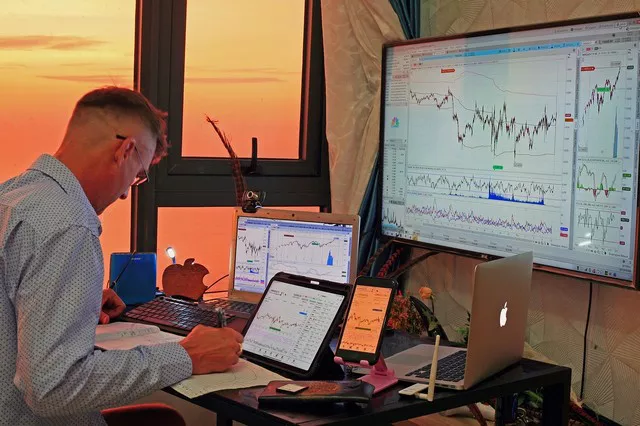Stocks began the week with a partial recovery on Monday following a selloff triggered by weaker-than-expected US jobs data. The Stoxx Europe 600 index rose 0.5%, slightly offsetting last week’s 3.5% decline. Futures for the S&P 500 and Nasdaq 100 advanced after Friday’s sharp drop, while the 10-year Treasury yield increased for the first time in five days. European bonds fell, with the German 10-year yield up five basis points. The dollar also gained.
Federal Reserve officials face a challenging decision on whether to implement gradual or more substantial rate cuts. The uncertainty, coupled with resurfacing recession fears, has investors closely monitoring economic data. Upcoming US consumer inflation figures on Wednesday will be crucial, and the European Central Bank is expected to cut its benchmark rate when it meets on Thursday.
While a rate cut in September is widely anticipated, the focus is on the magnitude and frequency of future cuts. Louis Kuijs, Asia-Pacific chief economist at S&P Global, noted on Bloomberg Television, “There are lots of risks across the global economy,” which are crucial for the Fed’s decision-making.
September has been volatile for markets, with stocks and commodities falling amid concerns over global growth. The Cboe Volatility Index, a measure of market fear, reached its highest level in a month on Friday.
In Asia, shares fell in line with Friday’s global losses, with Taiwan and Australia experiencing declines. Japan’s Nikkei 225 dropped for the fifth consecutive day, and the MSCI Asia Pacific Index fell as much as 1.8%, impacted by major chipmakers like Taiwan Semiconductor Manufacturing Co. and Samsung Electronics Co.
China’s CSI 300 Index decreased for the second day, extending its drop from May’s high to over 13%. Continued declines could bring the benchmark to its lowest level since early 2019, raising concerns about the effectiveness of policy efforts to boost the economy and stock market.
Iron ore prices fell below $90 a ton for the first time since 2022, driven by reduced demand from China, the largest buyer. Oil prices recovered from their lowest close since 2021 after a significant weekly loss pushed futures toward oversold levels.


